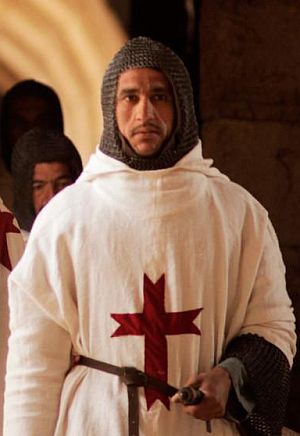Katherine Frisk – With regard to the Knights Templar, the key here is Gold and Mary, the mother of Jesus.
The Templars established a Gold-backed monetary system across Europe and were a direct threat to the usury ( compounding interest) banking system of the Del Banco bankers in Venice who had funded the sacking of the Orthodox Christian Church of the Haggia Sophia (Holy Wisdom) in Constantinople in 1204.
The Knights Templar protected all Christians irrespective of whether they were Orthodox (eastern Byzantine) or Latins (western Roman,) including the Cathars from the Languedoc in the south of France who were accused of being heretics by the Roman Catholic church, persecuted and burnt at the stake at Montsegur in 1244.
Their adversaries were the Teutonic Knights who not only attacked Constantinople in 1204, but went on to persecute all Christians who did not give allegiance to the pope and along with the Jesuits established the Inquisition where millions were arrested, tortured and burnt at the stake
The Templars helped the Ethiopian Orthodox Christians to build their rock-hewn ground churches in Lalibela after Jerusalem was completely taken over by Muslims. They were, after all Masons (not to be confused with the Illuminati and the P2 lodge,) with their set squares and their compasses, who had built the great Cathedrals of Europe. All these churches were designed as a microcosm of the macrocosm of the New Jerusalem described in Revelation. Much like the Apostolic mission led by James the Righteous, the first Bishop of the early Christian church, so these churches were built all over the Christian world. Continue reading

 Stephen Dafoe – Within two decades of the victory of the First Crusade (1095-1099) a group of knights led by Hugues (Hugh) de Payens offered themselves to the Patriarch of Jerusalem to serve as a military force.
Stephen Dafoe – Within two decades of the victory of the First Crusade (1095-1099) a group of knights led by Hugues (Hugh) de Payens offered themselves to the Patriarch of Jerusalem to serve as a military force.